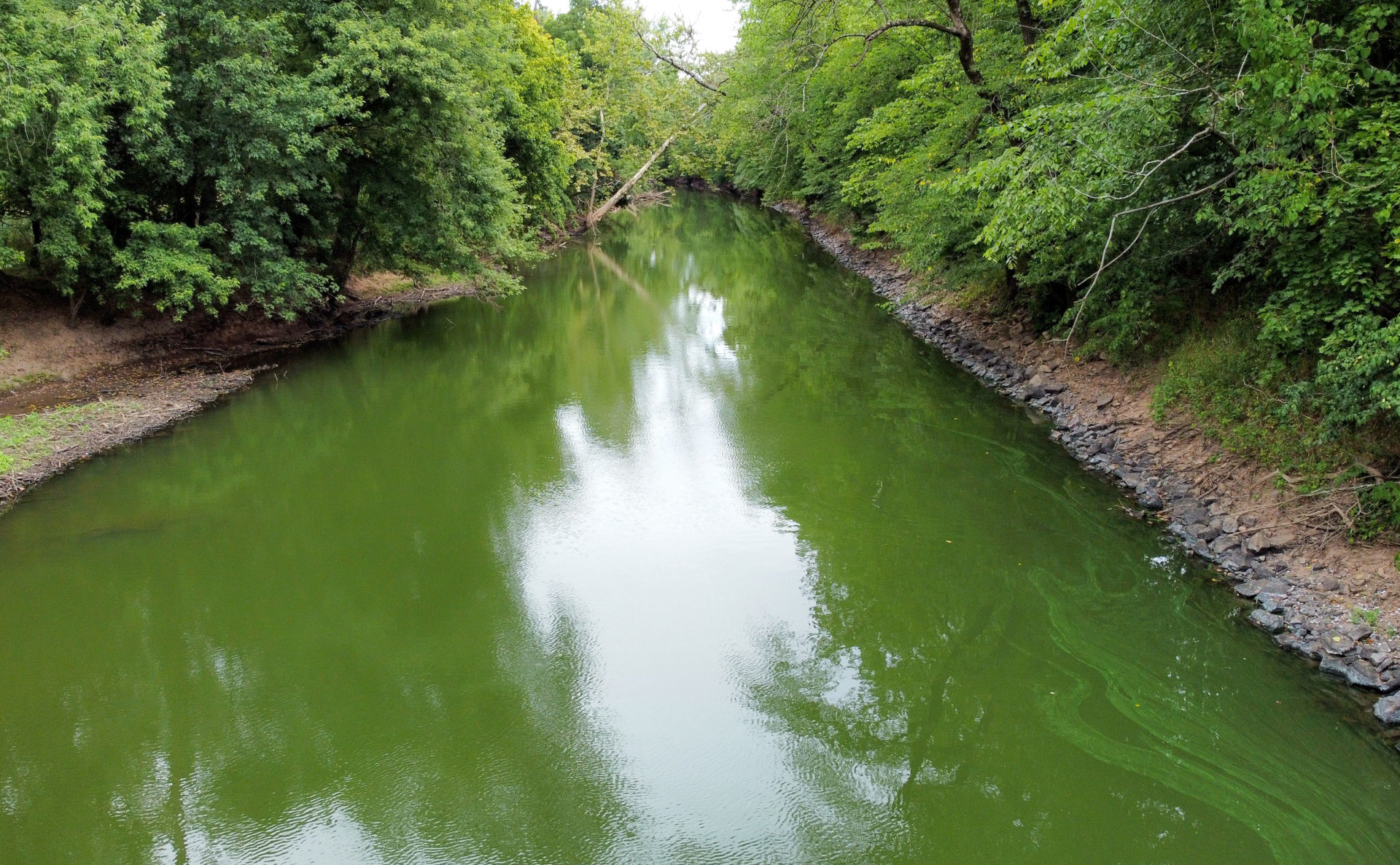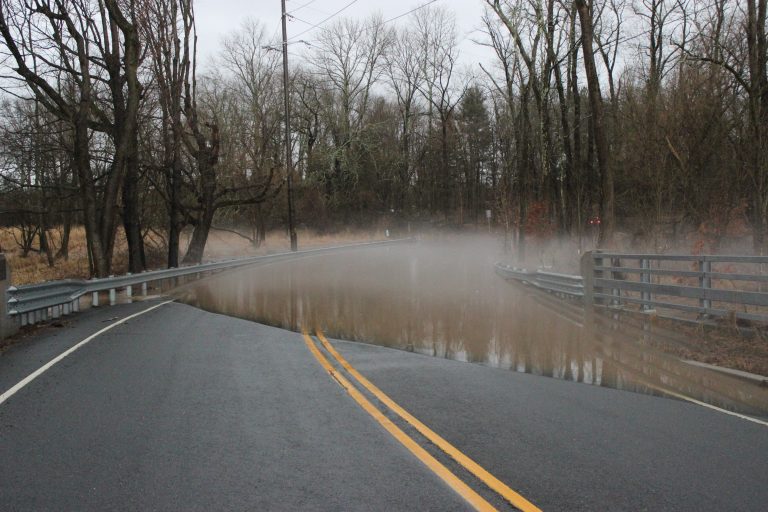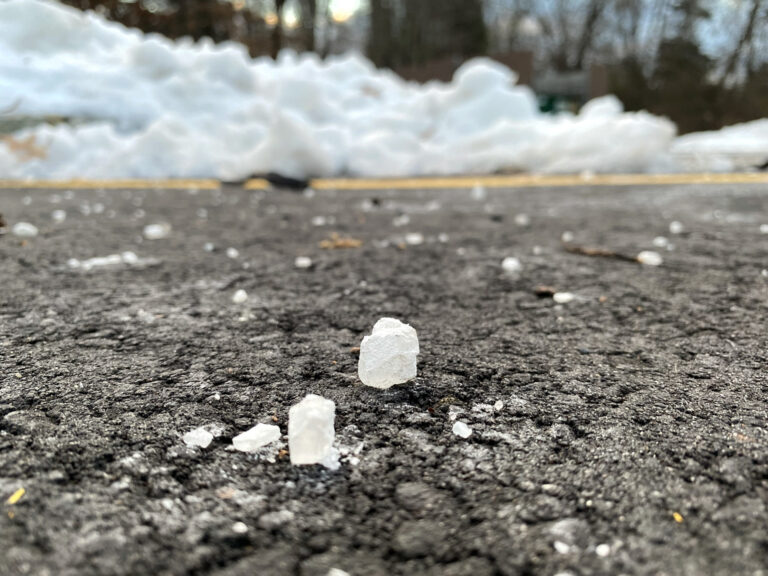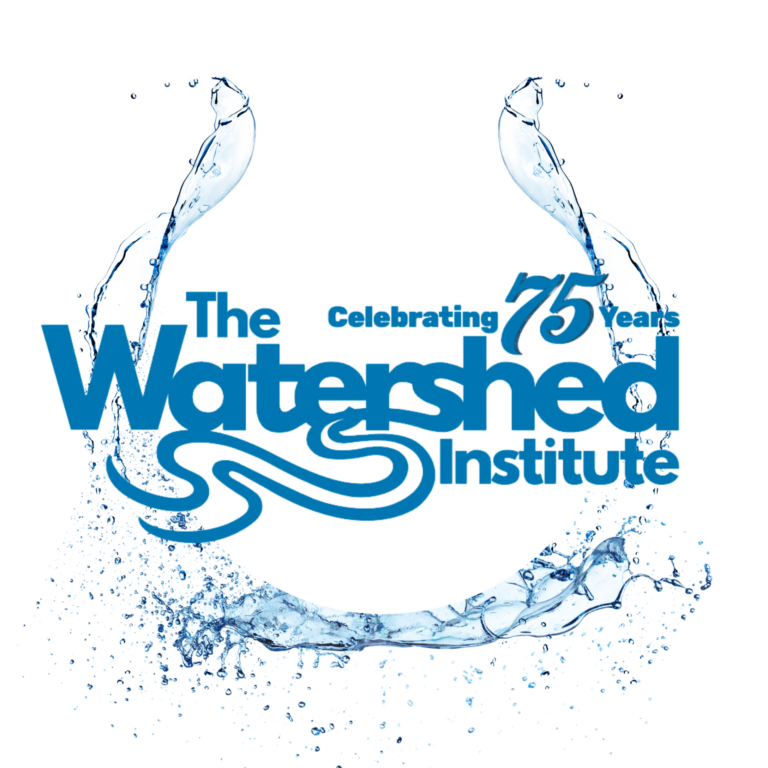STATEMENT FROM THE WATERSHED’s STEVE TUORTO, PHD, SCIENCE DIRECTOR & ERIN STRETZ, ASSISTANT SCIENCE DIRECTOR
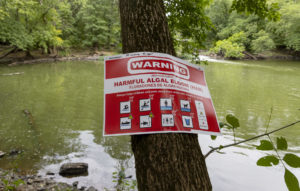 The Watershed Institute wants to draw your attention to a serious public health risk caused by multiple harmful algal blooms (HABs) currently present in waterways including parts of the Millstone River, Lake Carnegie, Cranbury Brook, and numerous lakes and ponds around the state of New Jersey.
The Watershed Institute wants to draw your attention to a serious public health risk caused by multiple harmful algal blooms (HABs) currently present in waterways including parts of the Millstone River, Lake Carnegie, Cranbury Brook, and numerous lakes and ponds around the state of New Jersey.
Exposure to HABs and even incidental ingestion of water containing HAB-related toxins can cause serious health effects including rashes, allergy-like reactions, flu-like symptoms, gastroenteritis, respiratory irritation and eye irritation, liver toxicity, and neurological effects. Children and pets are particularly vulnerable because they ingest more water in relation to their weight.
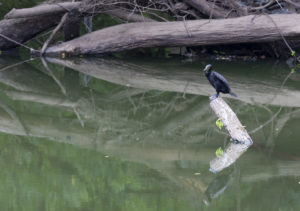 The harmful algal blooms (HAB) are not caused by true algae, but by cyanobacteria that, in many ways, resemble and behave like algae. These cyanobacteria naturally occur in fresh water and can proliferate to unhealthful levels in sunlight and hot weather, forming dense mats resembling pea soup or spilled paint. Elevated levels of nutrients from polluted stormwater runoff and hot temperatures create the perfect conditions for HABs to thrive. The Watershed Institute strongly advises residents to avoid contact with waterbodies affected by HABs. The Watershed Institute strongly advises residents to avoid contact with waterbodies affected by HABs.
The harmful algal blooms (HAB) are not caused by true algae, but by cyanobacteria that, in many ways, resemble and behave like algae. These cyanobacteria naturally occur in fresh water and can proliferate to unhealthful levels in sunlight and hot weather, forming dense mats resembling pea soup or spilled paint. Elevated levels of nutrients from polluted stormwater runoff and hot temperatures create the perfect conditions for HABs to thrive. The Watershed Institute strongly advises residents to avoid contact with waterbodies affected by HABs. The Watershed Institute strongly advises residents to avoid contact with waterbodies affected by HABs.
The NJ Dept. of Environmental Protection has developed a color-coded health alert index to provide the public with guidance on suitable recreational activities in freshwater lakes and other water bodies impacted by harmful algal blooms. Click here to view the NJDEP Harmful Algal Bloom Dashboard which indicates Advisory and Warning levels for local bodies of water.
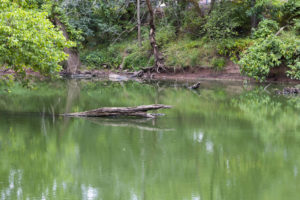 In addition, the Watershed Institute has published its 2022 StreamWatch Bacteria and Harmful Algal Bloom (HAB) Data Map. Monitoring is being used to keep an eye on several hot spots and to identify other bacteria problems quickly. Volunteers can opt to participate in one or more five-week monitoring sessions during the summer. For more information about how to join StreamWatch and other volunteer opportunities, click here.
In addition, the Watershed Institute has published its 2022 StreamWatch Bacteria and Harmful Algal Bloom (HAB) Data Map. Monitoring is being used to keep an eye on several hot spots and to identify other bacteria problems quickly. Volunteers can opt to participate in one or more five-week monitoring sessions during the summer. For more information about how to join StreamWatch and other volunteer opportunities, click here.
The Watershed Institute is a nonprofit organization committed to keeping water clean, safe, and healthy through conservation, advocacy, science, and education.

